Threat reports are important for the industry because they provide valuable information about the threat landscape as it evolves. By regularly reviewing this information, companies can gain a better understanding of the security risks they face and develop more effective security measures and strategies.
Threat reports are typically related to the collection and analysis phases of the threat intelligence lifecycle:
- In the collection phase, threat reports are one of the sources of information that can be used to gather information about potential security threats and vulnerabilities.
- In the analysis phase, threat reports are often used as a source of information that can be analyzed to identify potential threats and understand their implications.
Together, these two phases form the foundation of the threat intelligence lifecycle (which also includes dissemination and continuous improvement phases) and threat reports are an important source of information that can be used to support this work.
There are several different types of threat intelligence, and the specific type that is most appropriate for an organization will depend on its needs. The information can be used as a source of strategic, tactical, and operational threat intelligence. Stakeholders can be different, from SOC analysts focused on techniques or TTPs to the CISO who need to understand security trends and develop a threat-informed defense. Security teams should regularly review different kinds of threat reports to keep constantly up to date with emerging threats and provide situational awareness.
Some common ways to classify threat reports include:
- By target industry: The industry or sectors that are most likely to be targeted by the threats discussed in the report (e.g., healthcare industry, manufacturing, financial sector, etc.).
- By attack vector: The methods that attackers use to deliver their payloads (phishing, social engineering, ransomware, etc.).
- By geography: The geographic regions where the threats discussed in the report are most likely to be encountered.
- By threat actor: Threat reports can be classified based on the groups or individuals that are most likely to be behind the threats discussed in the report (e.g., nation-state actors, organized crime groups, hacktivists, etc.).
Some specific ways that organizations can use vendor threat reports include:
- Identifying potential threats: By reviewing threat reports, organizations can identify potential security threats that they may not have been aware of previously. This can help them to stay ahead of potential attacks and better protect their systems and data. Additionally, threat reports often provide detailed analyses of the potential impacts of specific threats. This can help organizations to develop more effective strategies for mitigating or neutralizing them.
- Tracking the development of threats: Threat reports can also be used to track the development of specific threats over time. This can help organizations to respond quickly and effectively to new threats as they emerge.
- Demonstrating commitment to cybersecurity: By using vendor threat reports as part of their security efforts, organizations can demonstrate their commitment to cybersecurity to regulators and customers. For example, ISO 27002:2022 added a new control (5.7) that specifically requires the collection and analysis of information relating to security threats to produce meaningful threat intelligence.
These reports provide detailed information about industry threats and vulnerabilities, as well as insight into malicious activity patterns and trends. A good cyber threat report can be an invaluable resource for organizations that want to understand and protect against potential security threats.
By regularly reviewing and analyzing threat reports, organizations can gain a better understanding of the security risks they face and can use this actionable information to inform their security strategy and decision-making. In this way, cyber threat reports can be an essential component of an organization's security efforts and should be regularly reviewed and analyzed to ensure that the organization is adequately informed and protected.
The following is a non-exhaustive list of the main threat reports published in 2022, according to my personal judgment, and listed in order of publish date.
- The Global Risks Report 2022 (January 2022) by the World Economic Forum (WEF)
- 2022 Global Threat Report (February 2022) by CrowdStrike
- Threat Intelligence Index 2022 (February 2022) by IBM Security X-Force
- 2022 Threat Report (February 2022) by BlackBerry
- 2022 Ransomware Threat Report (March 2022) by Unit 42 (Palo Alto)
- Internet Crime Report 2021 (March 2022) by the Federal Bureau of Investigation (FBI)
- 2022 Threat Detection Report (March 2022) by Red Canary
- M-Trends 2022 (April 2022) by Mandiant
- Data Breach Investigations Report (DBIR) (May 2022) by Verizon
- Cost of a Data Breach Report 2022 (July 2022) by IBM Security (with Ponemon Institute)
- NFTs and Financial Crime (August 2022) by Elliptic
- Digital Defense Report 2022 (November 2022) by Microsoft
- ENISA Threat Landscape (ETL) 2022 (November 2022) by ENISA
We have also compiled a very brief overview of key trends provided in the report which you can download now:

Advantio's Threat Intelligence service lets you can combine the power of automated dark web monitoring, data breach detection, tailored threat intelligence, and regular reporting of your network perimeter.
Benefits of Security Threat Intelligence service by Advantio:
- Simple and powerful: Onboarding is straightforward and there’s no need to hire skilled resources in-house.
- Flexible custom sources: Comprehensive monitoring of the surface, deep and Dark Web with swift onboarding of new sources and configuration of customized use cases as needed.
- Efficient: Triaged results and speedy alerts keep you in the picture when you need to be.
- Support available: Expert assistance is available as part of the service whenever you need it.
Interested in knowing more about how this can benefit your organization? Get in touch to know more.







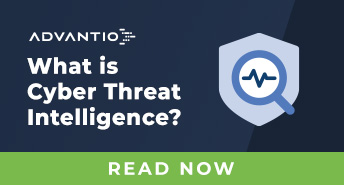
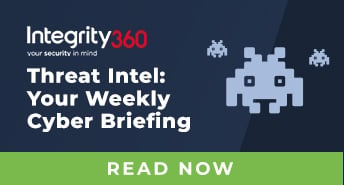
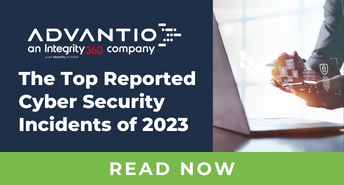
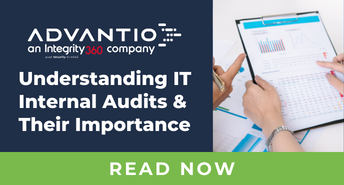
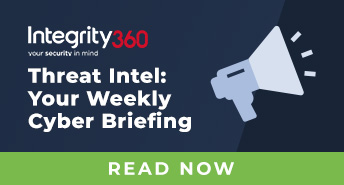
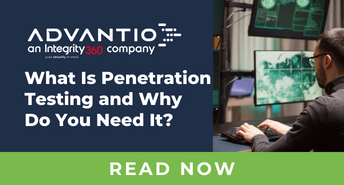

Comments